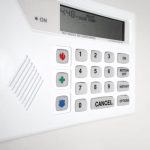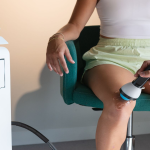As a medical patient, you’re familiar with certain kinds of medical equipment, even if you don’t know how to use them. You’re accustomed to arm cuffs that measure blood pressure to finger sensors that measure your pulse because these are routine devices for most regular health checkups. A cardiac Holter monitor might be totally new to you, but if you become a heart patient for any reason, then you might be asked by your cardiologist to wear one of these for a while.
Why Patients Wear Them
A cardiac Holter monitor is basically a way for doctors to get a 24/7 electrocardiogram or ECG of your heart. The device has several sensors that you connect to your body as electrodes. The connections might involve some sticky residue adhesive to stay in place, but they’re noninvasive and don’t physically hurt.
They Exist to Help You
Your cardiologist needs information about your heart in certain circumstances. This might be especially true after a heart attack or if you get diagnosed with congestive heart failure. In order to collect data, they can either assign you a monitor to wear during your daily life, or you can stay in the hospital hooked up to machines. For patients relatively healthy enough to go about their business, cardiac Holter monitors give them freedom of movement and the ability to rest at home while their doctor still gets good data about their hearts. That data helps heart doctors see if particular events were isolated incidents or part of a repeating pattern.








